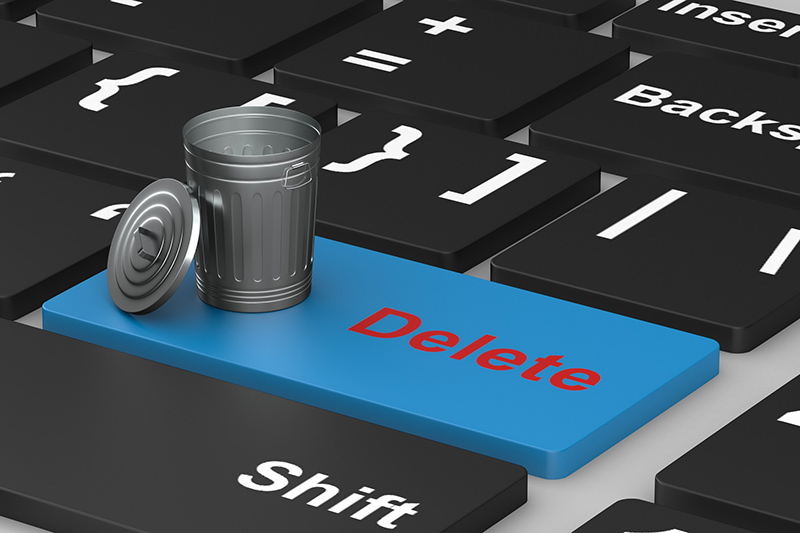All business decisions and activities are data-driven, and clean data is essential to make better organizational decisions. Today, there are reliable providers of data cleansing service that help to convert unstructured data into structured and accurate data. Data cleaning is the process of correcting inaccurate data and removing superfluous data from the database. It helps to replace incomplete and irrelevant data and ensure that all data is consistent and error-free. Accurate data helps to streamline business processes and remove inconsistencies in any record. It helps business leaders to focus on key work instead of wasting time on correcting data, and with clean data they can make better business decisions and improve the sales cycle.
The main objective of having clean data is to organize and update the business records so that the employees need not wade through numerous outdated documents. It also enables employees to make the most of their work hours. According to an article in Socialnomics (socialnomics.net/), a salesperson in the US is likely to waste 27.3% of their overall working time. This can be a waste of time, money, resources and may also damage the reputation of the business. The following are 10 different types of unclean data that need cleansing.
-
- Inconsistent data: This means the same data at different places do not match. There may be multiple tables within a database that deal with the same data but may receive it from different inputs. Inconsistent data can damage analytics and it also makes segmentation difficult when you have to account for all variables of the same title, industry, or other criteria.
-
- Insecure data: Insecure data is data that is prone to data breaches. This occurs due to poor data storage. Businesses should be compliant and adhere to data security and privacy laws to ensure that the data is safe from breaches.
-
- Corrupt data: Corrupt data refers to data that is damaged or unusable or inaccessible to a user application. A corrupted data file may not open at all or it may appear scrambled and unreadable.
-
- Inaccurate data: Businesses deal with data from customers, clients, market research reports etc. All these data need to be studied and understood thoroughly to make data-driven decisions. So, make sure to have accurate data so that the business decisions are appropriate for the organization.
-
- Typographical errors: This refers to mistakes that one makes when typing something like misspelled words or missed numbers etc. This is a very common type of data error.
-
- Dirty data: Dirty data is also known as rogue data that contains mistakes like spelling or punctuation errors, incorrect data associated with a field etc.
-
- Duplicate data: Duplicate data is one of the most important reasons for data pollution. Duplicate data may occur due to data migration, data exchange through integration, batch imports, manual data entry etc. Commonly found duplicate data are leads, contacts, and accounts.
-
- Outdated data: The business world is very dynamic and this leads to continuous changes in data. Outdated data can lead businesses to take inaccurate business decisions. Businesses should ensure that their data is up-to-date before using it to derive insights, make decisions, and for data analytics.
-
- Incomplete data: If the key fields of a record are incomplete, you may not be able to process the data to derive business insights. Having complete data on the record is essential to make accurate business decisions. Data processes like lead routing, scoring, and segmentation rely on an aggregation of key fields to operate.
- Too much data: Businesses tend to hoard data and this practice can be harmful for the organization. It can take up excess storage space and create a clutter that makes locating and accessing vital data difficult. This can also affect database hygiene.
Cleaning of data begins with asking what problems need to be solved and what data is being used for. Once that end use is identified, then the organization can determine the right data to collect and the format in which to process it. Organizations should create high standards and procedures for entering information into the system.
In a competitive world, organizations have to constantly update their database in order to maintain integrity, validity and add value to their ongoing business processes. Hence it is important that any database should be clean, accurate and error-free. An established data cleansing service ensures that the cleansed data is valid and accurate. Having a clean database also makes it easy to identify inactive or unresponsive customers. Data cleansing can help business enterprises to achieve business goals with ease. It not only saves time and money, but can also ensure that the enterprise achieves overall operational efficiency.




